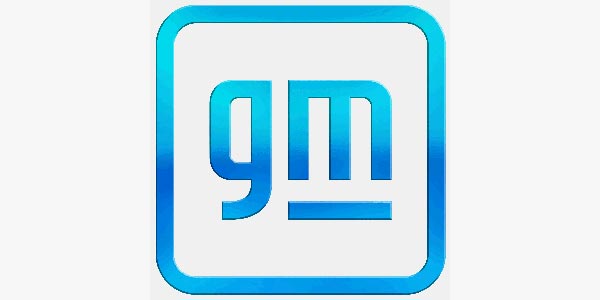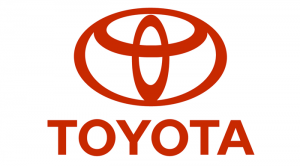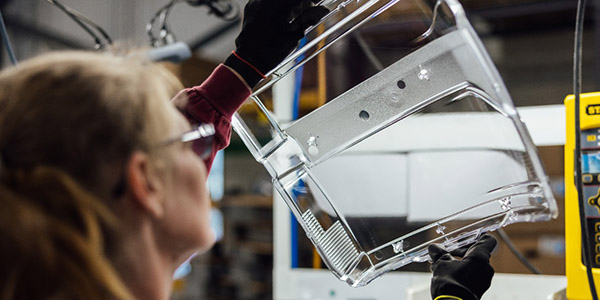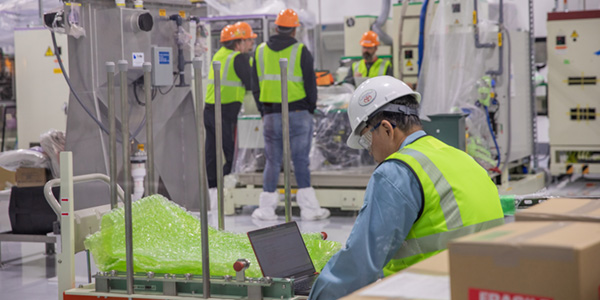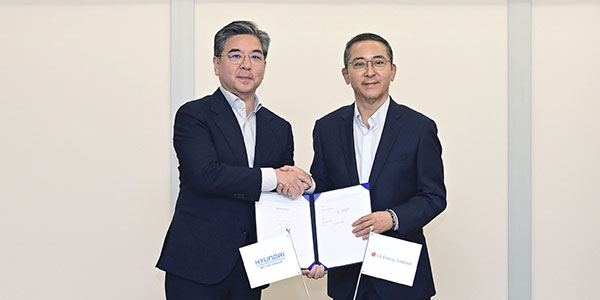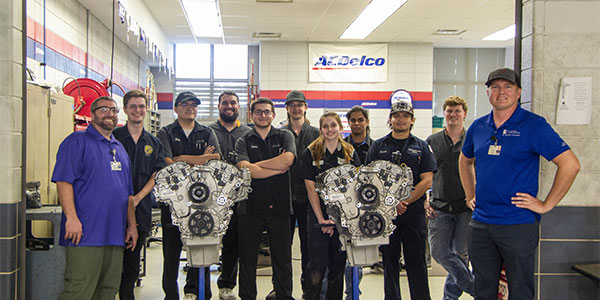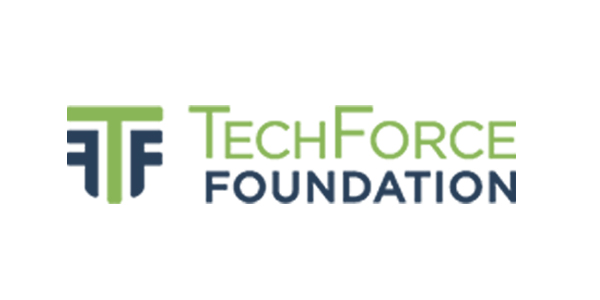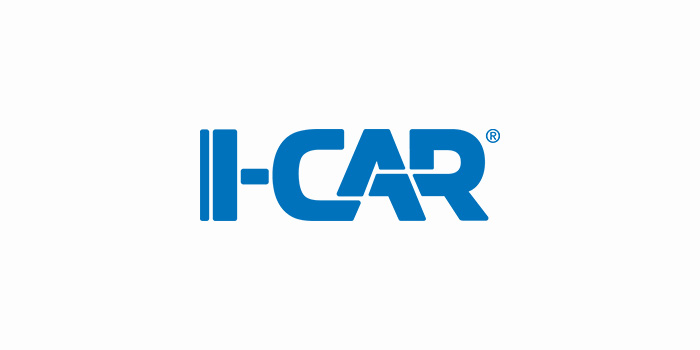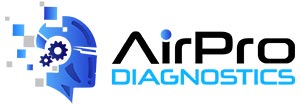Ford Motor Company has released a position statement on bumper fascia repair with advanced driver-assistance systems (ADAS). The statement reads:
Ford and Lincoln vehicles contain many state-of-the-art features that provide occupant safety and enhance the driving experience. Bumper fascias play an integral role in the performance and functionality of these features. The original bumper fascias on Ford Motor Company vehicles are designed and manufactured to function with ADAS systems like those listed below:
- Pre-collision assist with AEB
- BLIS with cross-traffic alert
- Intelligent adaptive cruise
- Lane-keeping system
- Active park assist
- Evasive steering assist
- BLIS with trailer coverage
- Pro trailer backup assist
During body repairs that involve front and rear bumper fascias, it is critical that the vehicle be restored to proper operating condition to ensure that these important safety systems function correctly. Repair of bumper fascias using fillers, reinforcement tape, hot staples or plastic welding can adversely affect ADAS operation. For this reason, Ford Motor Company is limiting repairs on front and rear bumper fascias on all Ford Motor Company vehicles equipped with any ADAS features to topcoat refinish only. Topcoat finish cannot exceed 12 mils (300 microns) in total thickness. Any bumper fascia damage that requires substrate repairs must be replaced.
Measurement of the topcoat finish requires the use of an ultrasonic paint thickness gauge, such as PosiTector 200 or Phase II UTG-2900, available through Rotunda.
The following points provide an overview of bumper fascia repairs:
- Paint repairs can be made if the material thickness does not exceed 12 mils (300 microns) in total thickness
- Use of any filler materials or reinforcement tapes to repair substrate damage is not permitted
- Use of hot staples or plastic welding to repair cracks or damage is not permitted
- Repair of any sonic-welded sensor retainer rings or tabs is not allowed, due to possible misalignment and incorrect operation of the sensor
- Note that vehicle wraps, bumper stickers and aftermarket accessories in the area of the fascia can create system operation concerns
Reconditioned, refurbished or salvage bumper fascias may have been repaired using substrate repairs, including the use of filler material, plastic welding and hot staples, which can interfere with ADAS operation. For this reason, Ford Motor Company does not approve the use of reconditioned, refurbished or salvage bumper fascias. Only by using Ford Original Equipment bumper fascias can you be assured of the fit, function and safety of the repair.
Ford recommends the use of the Integrated Diagnostic System (IDS) or Ford Diagnosis and Repair System (FDRS) to perform all vehicle diagnostic testing, and when performing module programing and system calibrations during collision repairs. Additionally, Ford factory diagnostic and repair procedures should be used when carrying out all collision repairs. Ford dealer-owned body shops can access service information, training and diagnostic scan tool support through the Professional Technician Society here and independent collision repairers can find information at motorcraftservice.com.
To access the actual position statements:



